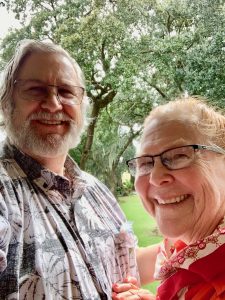On our last adventure in New Orleans, we Traveled back in time to the era of the antebellum South on a guided tour from New Orleans to the Whitney Plantation, a former indigo and sugar plantation on the River Road now dedicated to promoting an understanding of slavery in Louisiana and after lunch, visited Houmas, also known, as Burnside Plantation, a historic plantation complex and house.
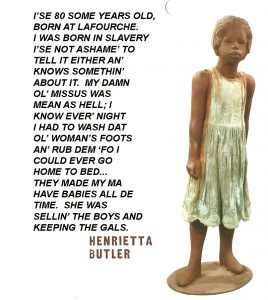
These two Plantations couldn’t be any further apart. The Whitney Plantation is a collection of buildings but the main focus is devoted to slavery in the Southern United States. German immigrants Ambroise Haydel started the Whitney Plantation in 1752 and his wife and their decedents owned it until 1867. After the Civil War (1867) the plantation was sold to Bradish Johnson of New York, who named the property after his grandson, Harry Whitney. Over the next 100 years or so it changed hands several times. In 1999 John Cummings, a trial attorney from New Orleans, who has spent more than $8 million of his own fortune on this long-term project, purchased it.
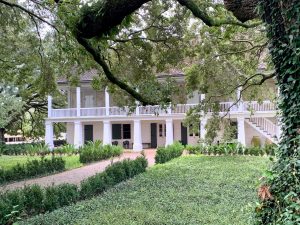
The museum, comprising main portions of the 2,000-acre plantation property contain imaginative exhibits designed by Cummings representing persons born into slavery before the Civil War commissions original.
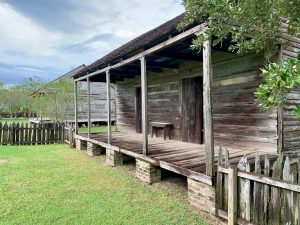
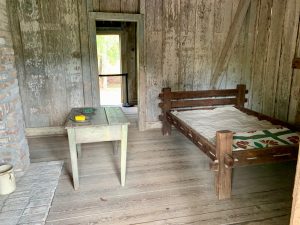
The site includes the main house, several slave cabins, various out buildings and a church (not original to the property). There is a large memorial that includes the names of number of enslaved peoples that includes their personal histories (where known) on the property.
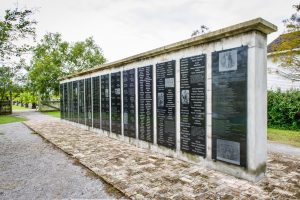
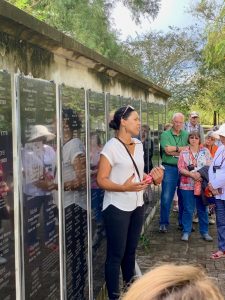
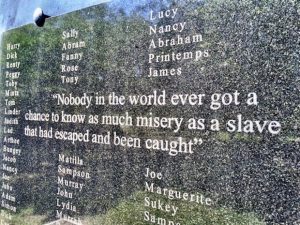
Not all of them were directly associated with the Plantation but in the general area and time frame. The only interior tour was of the slave cabins and the church – the main house isn’t included at this time. The entire property is dedicated to how enslaved people were treated throughout this dark period of the US history.
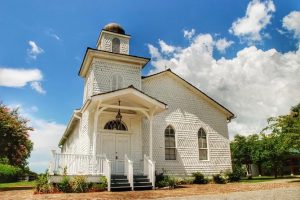
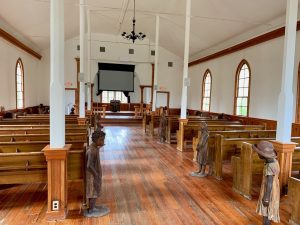
By contrast, the Houmas, really is a focus on the plantation owner, not the slave population. Dating from the late 1700s, with the current main house completed in 1840, the Houmas Plantation is named after the Houma people who originally occupied this area of Louisiana. The complex contains eight buildings on about 10 acres. Alexander Latil and Maurice Conway ‘appropriated’ all of the Houma tribe’s land on the east side of the Mississippi River in 1774 to create the plantation.
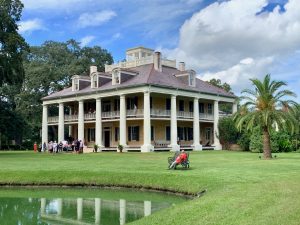
Similar to the Whitney Plantation, the Houmas was a working sugarcane plantation by the early 1800’s. Purchased by Daniel Clark in about 1805, he began to develop the property and built one of the first sugar mills along this stretch of the river.
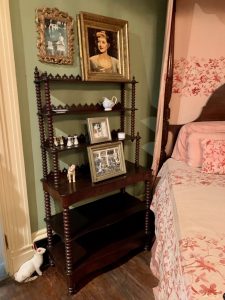
Changing hands several times over the years it grew to over 12,000 acres with approximately 750 slaves. After 1900, the house and ground began to fall into disrepair further damaged by the Mississippi River flood of 1927 and during The Great Depression it fall into worse condition.
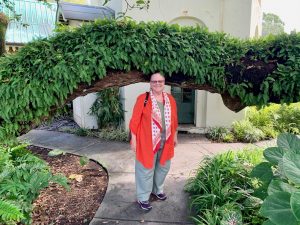
George B Corzat purchased the house in 1940 and began an ambitious program of restoration of the house and gardens.
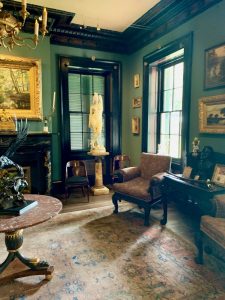
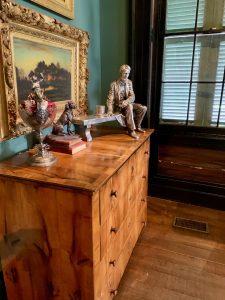
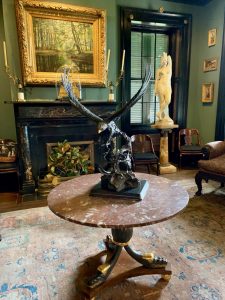
In the spring of 2003, the Estate of Dr. George Crozat auctioned off the entire contents of the mansion and grounds. Kevin Kelly, a New Orleans Businessman, purchased the mansion and surrounding grounds and began the task of restoring the mansion and gardens. The mansion, having undergone over 200 years of construction and remodeling by various owners, reflected a multitude of styles. It was impossible to restore the house to a definite period without sacrificing elements from other important periods of its history. The choice was made to select the best features from various periods to showcase a legacy of each family in the mansion. After extensive restorations to the house and grounds, the Houmas re-opened for tours in November of 2003. Mr. Kelly allows tours of the mansion and gardens, however the Houmas remains his private residence, as it was for its previous owners for over 240 years.
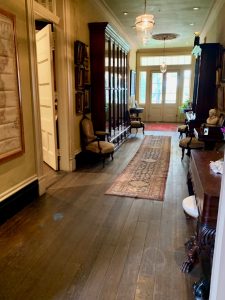

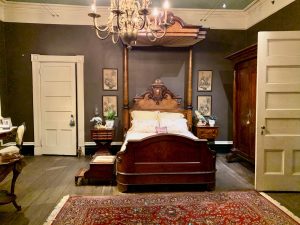
The tour of the main house reflects a period of opulence reflective of the ‘gold era’ of plantations in the South. Furniture, artwork and decorations all depict a rich history of the area and are well maintained.
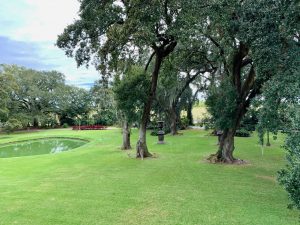
The view out the front porch is quite lovely with stately old Oak trees lined up along the drive. Unfortunately the levee along the Mississippi River is just out the front blocking what would have been a lovely view of the river.
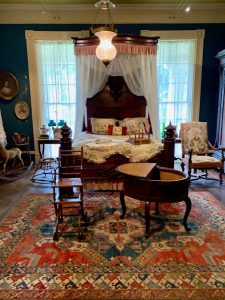
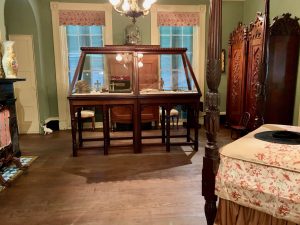
Today the property is used for weddings, film shoots and private events.
This was the final adventure as part of our Road Scholar – Signature City New Orleans: City of Mystery & Intrigue. We had a good time, learned a lot and achieved our goal of learning about this wonderful City. There is no question that we will be back sometime in the future to explore more of this city.
